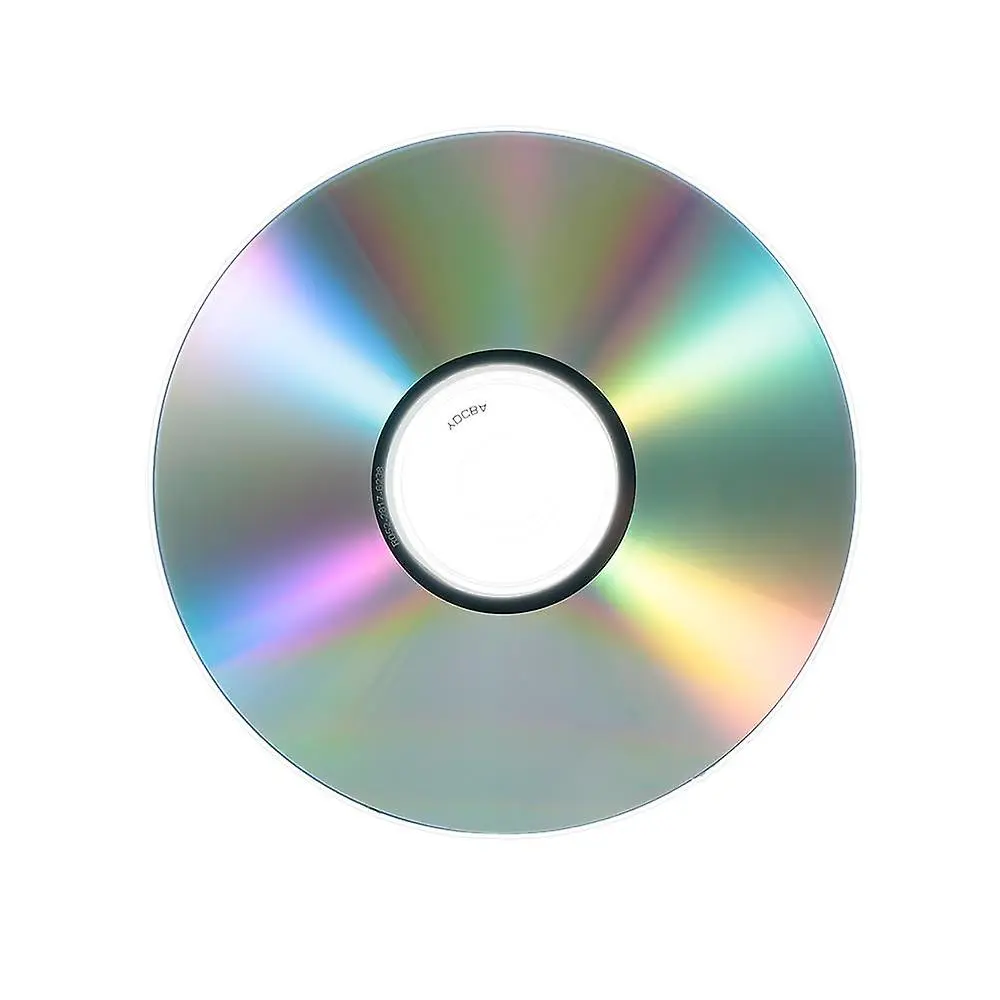With over 18 years of history, Blu-ray technology was designed to take CDs and DVDs to the next level. Not only can they hold significantly more data than their predecessors, but Blu-ray discs even let you view high-quality (and 3D content) that often are closer to the experience of watching in theaters than the compressed versions you’ll find elsewhere. Not to be confused with DVDs, Blu-ray discs use a different kind of laser technology, which eventually became the industry standard for film and movies by 2008. In part, this is due to the fact that its players could be backwards-compatible with DVDs, but not the other way around.
…
Although some things can (and have) lasted the test of time, the natural progression of most technology is that something becomes obsolete when a newer, better, or more efficient model comes along. In terms of the Blu-ray discs, there are several things that have pushed them to obsoletion.



This article is just a retread of the same things talked about for years. But boutique Blu-ray is still in a good place; there are more releases i’m Interested in than I keep up with, and particularly more 4K releases than ever.
One signal here is that some popular streaming series are still getting physical releases. Like, I didn’t think I’d see Severance or any of the Disney+ shows on Blu-ray, but here we are.
That said, now is the time to buy a dedicated player if you don’t already have one. Sony and Panasonic make the best ones, so it’s no accident they’re the last two manufacturers standing.
Nit picky: the word is “obsolescence,” not “obsoletion.”
Obsoletion is a word as well, and it was used correctly.
Yes, technically it is a rare synonym in British English, but it is what I would consider a word hanging from the cliff edge by its fingertips
https://books.google.com/ngrams/graph?content=obsoletion%2Cobsolescence&year_start=1800&year_end=2022&corpus=en&smoothing=3